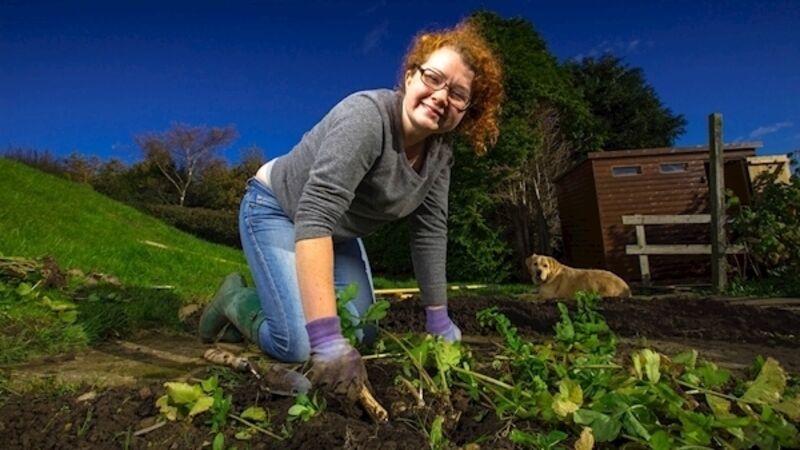Go organic to kill off weeds

Weedkillers can damage health, so it’s time to make the switch to natural products, says
If you are a gardener and you are still using glyphosate and other human toxins as a weed killer it’s high time you changed.
Black Friday - Save 75%
SUBSCRIBEWeedkillers can damage health, so it’s time to make the switch to natural products, says Fiann Ó Nualláin
If you are a gardener and you are still using glyphosate and other human toxins as a weed killer it’s high time you changed.
CONNECT WITH US TODAY
Be the first to know the latest news and updates
Newsletter
Sign up to the best reads of the week from irishexaminer.com selected just for you.
Newsletter
Sign up for our weekly update on residential property and planning news as well the latest trends in homes and gardens.
Newsletter
Keep up with stories of the day with our lunchtime news wrap and important breaking news alerts.
Tuesday, November 25, 2025 - 9:00 PM
Tuesday, November 25, 2025 - 2:00 PM
Tuesday, November 25, 2025 - 10:00 PM
© Examiner Echo Group Limited